



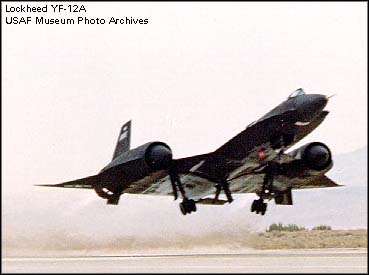
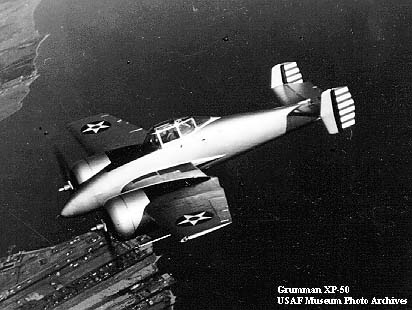
|
XP-50 Grumman's interceptor. Who says the wing can't be clean? |
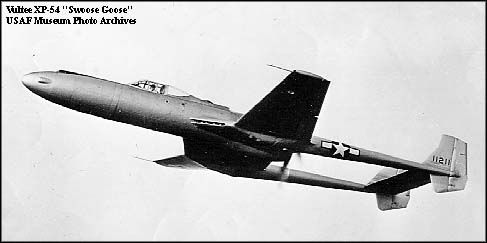 XP-54
XP-54 |
XP-54 "swoose goose". Vultee's speed demon, if the conventional prop fighter is reaching its limits, what do you do to get just a little more? This is it. It had an elevator seat that came down for the pilot. |
 XP-55
XP-55 |
XP-55 Curtis "Ascender", an underpowered design. It had the entire nose swivel up and down to aim the guns |
 XP-56
XP-56 |
Northrop XP-56 "Black bullet". Made of welded magnesium, small and clean, it had problems finding the right engine and with overheating. Same story, not enough power to really bring the concept home. |
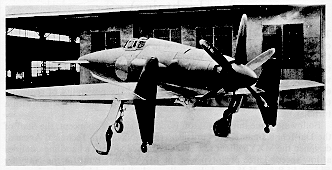 j7w j7w
|
J7W shows that the pusher canard design was one of the candidates for the future shape in the 1940s. It wasn't far wrong: put a jet in these things and it will go. The Shinden wad working, it was in early tests in August 1945. |

|
Go229 A Horton brothers design about to start prototype production at the end of the war. This would have been a potent fighter, but one that demanded a good pilot to keep it within the envelope. |
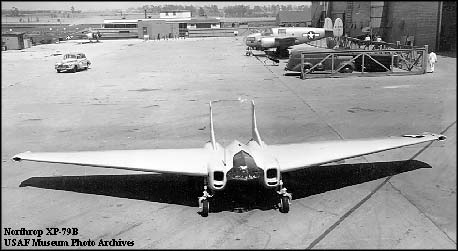
|
XP-79A was originally a rocket powered interceptor made of magnesium with a hardened leading edge to cut off enemy bombers' wings. It was redesigned for jet power. Same stability challenges of the early wings. |
©Charlie Carey 5/03 Mail me
 Take us home
Take us home